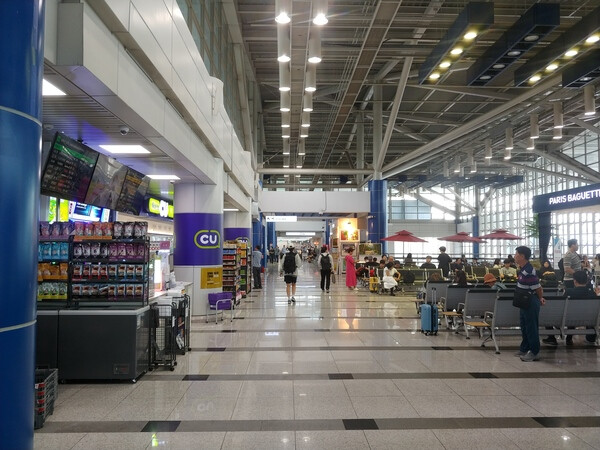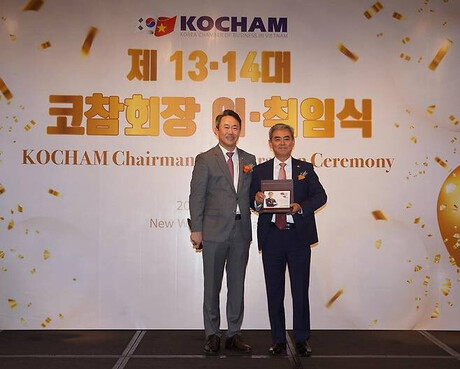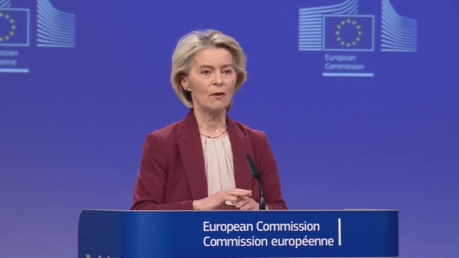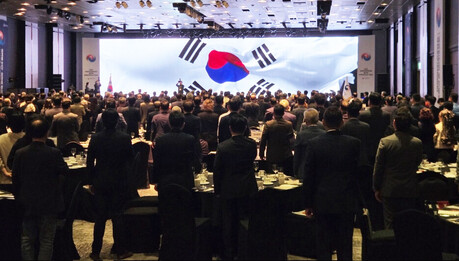
Seoul, South Korea – A stark financial reality is casting a long shadow over South Korea's regional airports, raising serious concerns about their operational viability and, more alarmingly, their safety standards. The aftermath of last year's Jeju Air passenger plane incident has amplified scrutiny on the precarious state of these smaller aviation hubs, many of which are mired in chronic deficits. In a proactive move to address this critical issue, the Ministry of Land, Infrastructure and Transport (MOLIT) and the Korea Airports Corporation (KAC) have jointly commissioned a comprehensive study to chart a path towards financial independence for these struggling facilities, many of which were reportedly established without sufficient long-term planning, fueled by what some critics label as "populist" policies.
The recently launched seven-month research project, titled "Strategic Measures to Revitalize Regional Airports," represents a significant undertaking, with both MOLIT and KAC contributing 50 million won each. This initiative acknowledges the complex challenges hindering the growth and sustainability of these vital transportation links. While the resurgence of air travel demand post-pandemic offers a glimmer of hope, MOLIT candidly admits that the fundamental limitations of the current aviation network, heavily skewed towards the Seoul metropolitan area, coupled with inadequate inter-regional connectivity and the precarious nature of existing flight routes, continue to stifle the potential of regional airports.
The stark financial data paints a concerning picture. Excluding the bustling Incheon International Airport, the primary gateway to South Korea, only three of the nation's 14 regional airports – Jeju, Gimpo, and Gimhae – are currently operating in the black. The remaining eleven are grappling with substantial financial losses, raising questions about their long-term viability and their capacity to invest in crucial safety infrastructure and operational upgrades.
The Aviation Information Portal System's 2023 figures lay bare the depth of the crisis. Muan International Airport recorded the most significant deficit at 25.3 billion won, translating to a staggering operating profit margin of -506.0%. The situation is even more dire at Yangyang International Airport and Wonju Airport, where operating profit margins plummeted to -1172.2% (-21.1 billion won deficit) and -933.3% (-5.6 billion won deficit) respectively, indicating that their expenses are dwarfing their revenues by an order of magnitude.
Other regional airports are also facing considerable financial headwinds. Ulsan Airport (-19.5 billion won deficit), Yeosu Airport (-18.9 billion won), Pohang Gyeongju Airport (-16.3 billion won), and Cheongju International Airport (-12.2 billion won) have all reported deficits exceeding 10 billion won, underscoring the widespread nature of the financial distress across the regional aviation sector.
The persistent deficits have ignited serious concerns that the financial strain is compromising the safety management environment at these regional airports. Adequate funding is essential for maintaining runways, air traffic control systems, emergency response capabilities, and security measures. When airports are struggling to stay afloat financially, crucial investments in safety infrastructure and personnel training may be deferred or inadequate, potentially increasing the risk of accidents and incidents. This alarming prospect underscores the urgent need for a sustainable solution to the financial woes of these airports.
In response to these pressing concerns, MOLIT is embarking on a comprehensive study to develop tailored strategies for each regional airport. The research will focus on identifying opportunities for role specialization and enhancing their integration within their respective regional economies. The aim is to move away from a one-size-fits-all approach and instead leverage the unique characteristics and potential of each airport.
One key area of exploration will be the development of regional airports as intermodal transportation hubs, seamlessly connecting air travel with other modes of transport such as trains, buses, and local transit systems. Strengthening the role of these airports in regional air cargo logistics is another potential avenue for revenue generation and economic development.
The study will also delve into strategies for stimulating new demand. This includes exploring opportunities to attract more low-cost carrier (LCC) traffic, which has proven to be a significant driver of passenger growth in other markets. The development of a business aviation (private jet) model could cater to a different segment of travelers and generate higher revenue per flight. Furthermore, the potential for establishing regional airports as key operating bases for future air mobility (FAM) technologies, such as drones and electric vertical takeoff and landing (eVTOL) aircraft, will be examined, positioning these airports at the forefront of aviation innovation.
Recognizing the potential synergy between tourism and regional airports, the study will also explore ways to better integrate airport services with local tourism initiatives. By facilitating easier access for tourists to regional attractions, airports can play a crucial role in boosting local economies and generating increased passenger traffic.
The challenges facing South Korea's regional airports are multifaceted and require a comprehensive and innovative approach. The MOLIT and KAC study represents a critical step towards addressing the financial vulnerabilities and ensuring the long-term sustainability and safety of these vital transportation assets. The findings and recommendations of this research will be crucial in shaping the future of regional aviation in South Korea and ensuring that these airports can continue to serve their communities effectively and safely. The stakes are high, and the need for viable solutions has never been more urgent.
[Copyright (c) Global Economic Times. All Rights Reserved.]






























